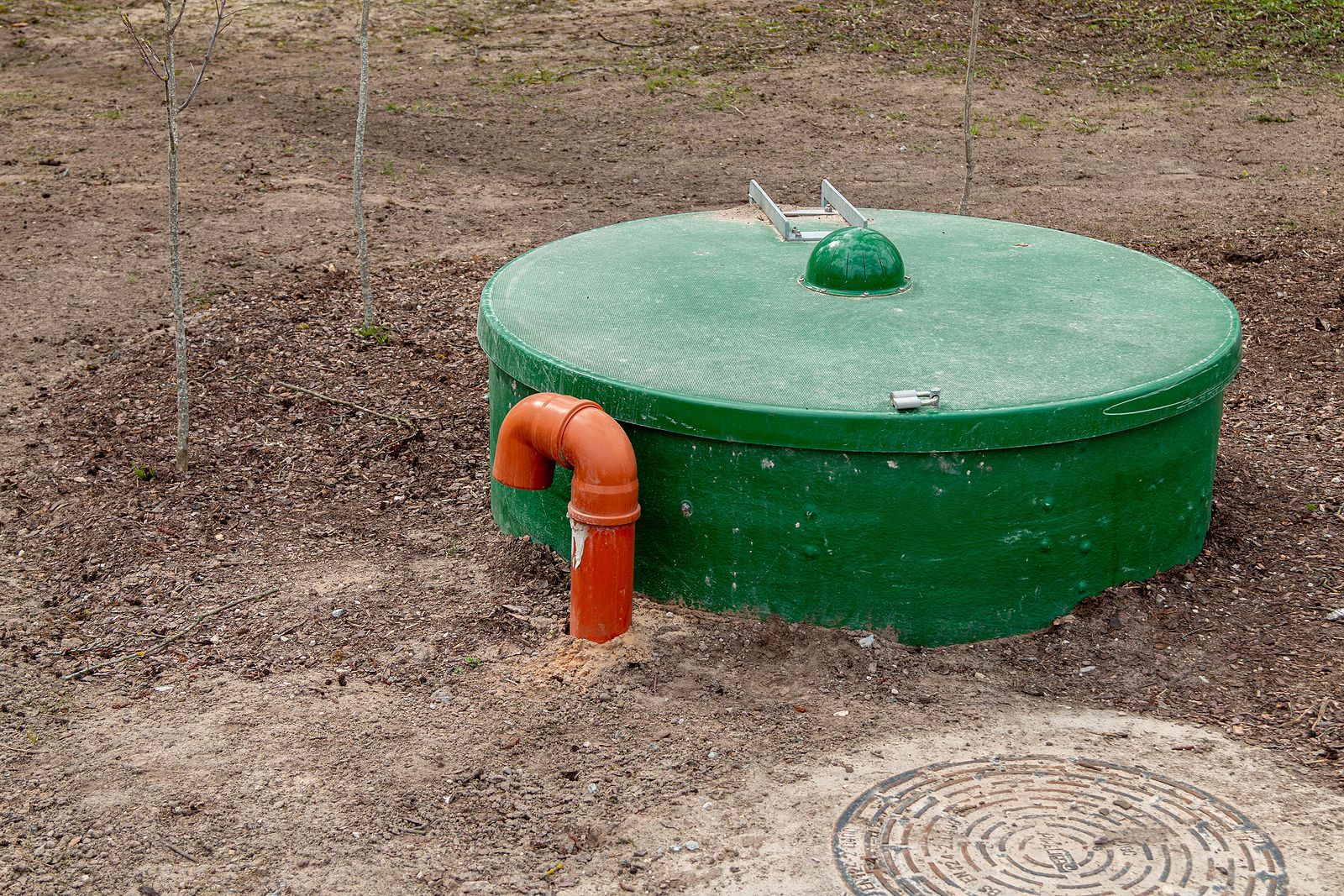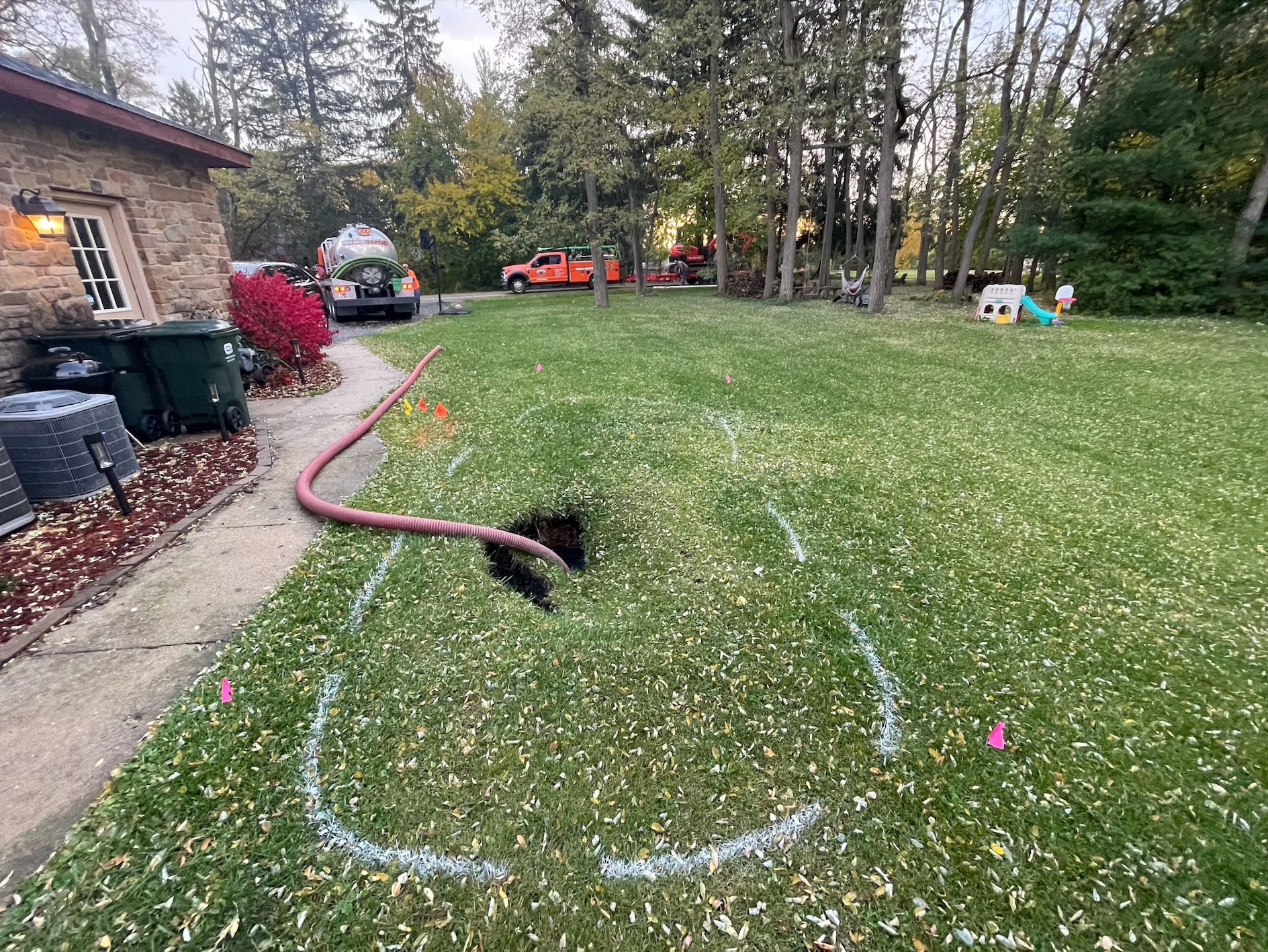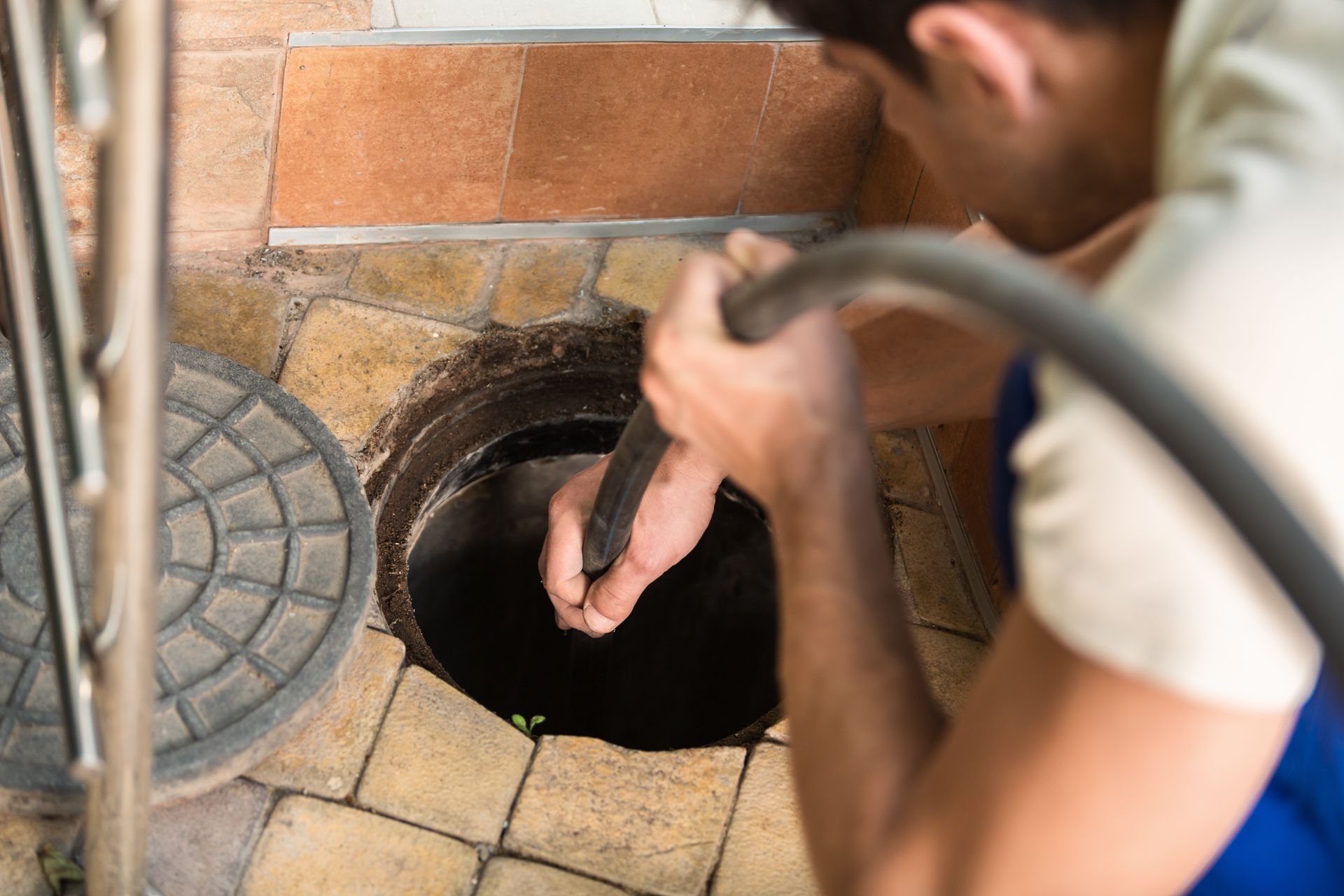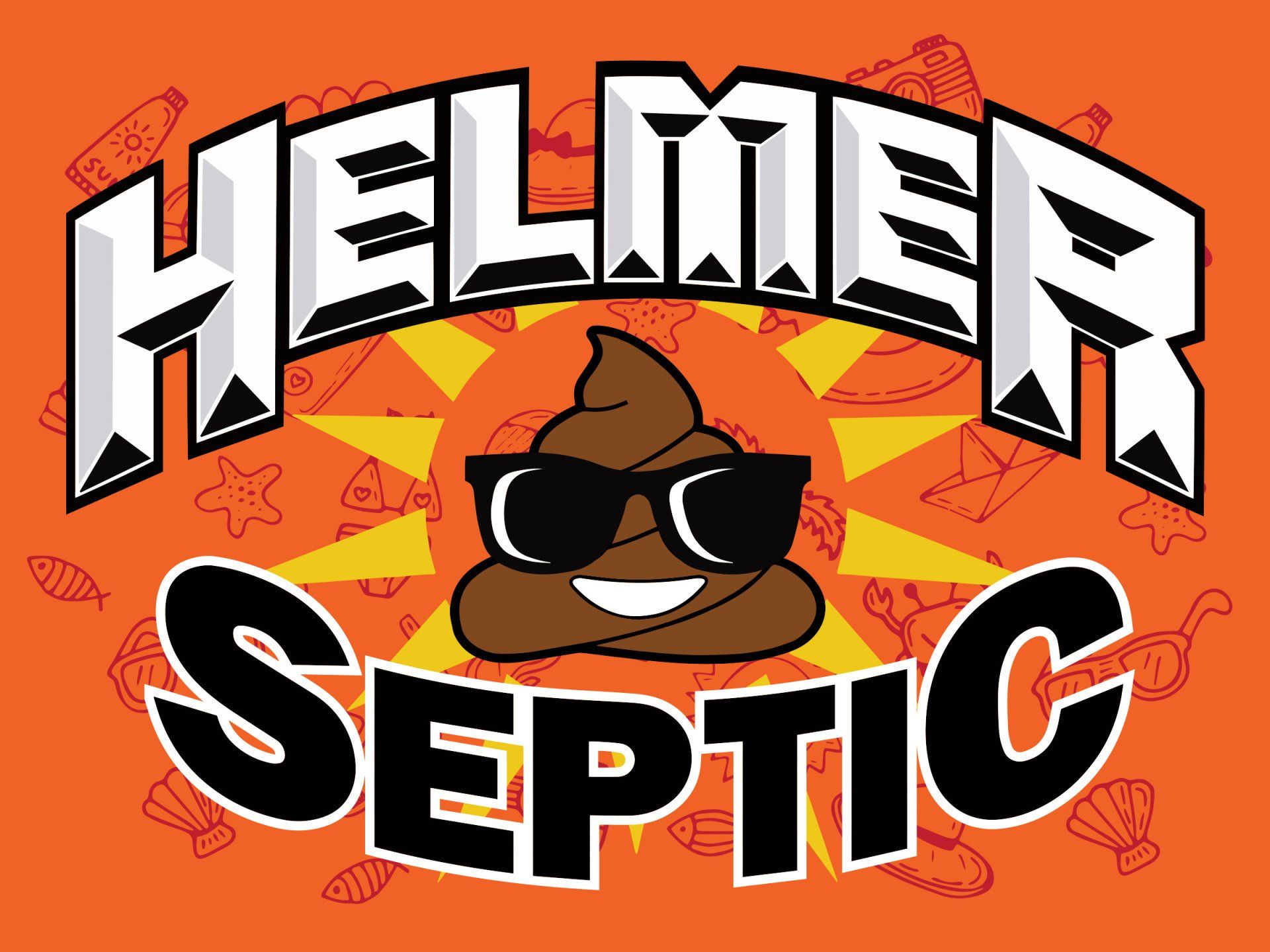Having your septic tank pumped is a crucial maintenance task that helps keep your system running smoothly and prevents backups and odors. However, it's essential to follow proper post-pumping procedures to ensure the continued functionality and efficiency of your septic system. In this blog post, we'll outline the key steps to take after your septic tank is pumped at home to maintain a healthy and well-functioning system.
- Wait Before Using Water: After your septic tank is pumped, it's advisable to wait for a period before using water to allow the system to settle. This helps prevent potential disturbances to the newly emptied tank and allows time for any residual solids to settle back down.
- Conserve Water Usage: While it's tempting to resume normal water usage immediately after pumping, it's best to conserve water for the first 24-48 hours to allow the septic system to stabilize. Minimize activities like doing laundry, running the dishwasher, or taking long showers during this time.
- Inspect the Tank and Components: Take the opportunity to inspect your septic tank and its components after pumping. Look for any signs of damage, leaks, or wear and tear that may require attention. Pay attention to the tank's lid, inlet and outlet pipes, and the condition of the tank walls.
- Maintain Drain Field Protection: Avoid driving or parking vehicles, heavy equipment, or placing structures over the drain field to prevent soil compaction and damage to the system. Maintain a clear area above the drain field to allow for proper ventilation and absorption of effluent.
- Monitor Drainage and Odors: Keep an eye (and nose) out for any unusual signs after pumping, such as slow drainage, gurgling sounds, or foul odors. These could indicate issues with your septic system that may require further inspection or maintenance.
- Consider Adding Bacteria Additives: Adding septic system bacteria additives after pumping can help restore the microbial balance in your tank and enhance the breakdown of organic matter. Consult with your septic service provider for recommendations on suitable additives for your system.
- Schedule Regular Maintenance: Septic tank pumping is just one part of a comprehensive maintenance plan for your septic system. To ensure ongoing performance and longevity, schedule regular inspections, pumpings, and maintenance according to the recommendations of your septic service provider.
- Keep Records of Service: Maintain a record of all septic system maintenance activities, including pumpings, inspections, repairs, and additives added. This documentation can help track the health and history of your system and provide valuable information for future maintenance needs.
- Educate Household Members: Ensure that all household members are aware of proper septic system care and maintenance practices. Educate them about what can and cannot be flushed or disposed of down drains to prevent clogs and damage to the system.
- Contact Professional Assistance if Needed: If you encounter any issues or concerns after your septic tank is pumped, don't hesitate to contact a professional septic service provider for assistance. Prompt action can help address problems before they escalate and ensure the continued functionality of your septic system.
Proper post-pumping care is essential for maintaining the health and efficiency of your septic system. By following these essential steps and staying proactive with maintenance, you can prolong the life of your septic tank, prevent costly repairs, and enjoy trouble-free operation for years to come. Remember, a well-maintained septic system is a key component of a healthy and hygienic home environment.




